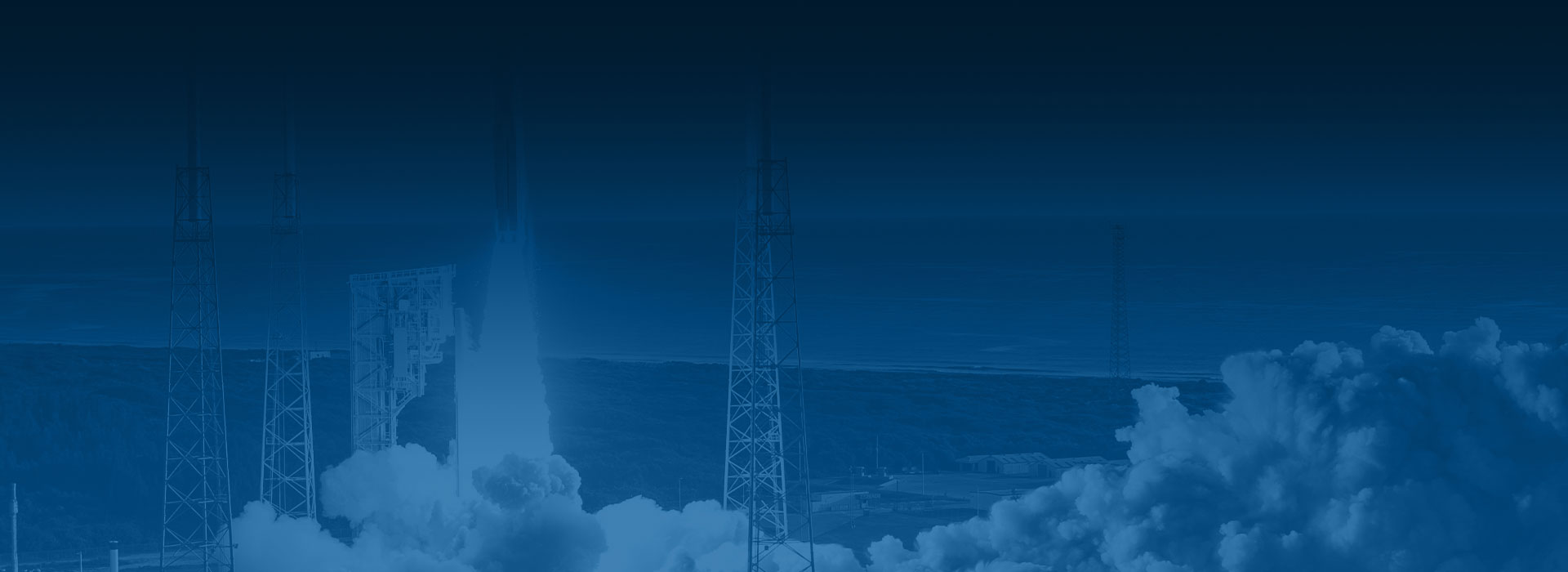
Future Horizontal Infrastructure
Roads & Bridges
The majority of KSC’s infrastructure was constructed in the early 1960s when KSC was selected as the nation’s most appropriate launch location for the space program. At that time, Merritt Island was sparsely populated and the space program required significant federal dollars to achieve its mission. However, today, many miles of those federal roads have uses that extend beyond the success of NASA programs and operations. In efforts to right-size the KSC footprint and maximize future infrastructure funding and investment, KSC should pursue divestment opportunities as long as divestiture would not impact NASA program operations. This would result in significant cost savings, allowing NASA to redirect more financial resources toward programmatic, mission-related objectives.
All of the bridges serving KSC are close to the end of their design life and require increasing resources to support operations and maintenance activities in order to prolong that design life. Currently, recapitalization plans call for replacement of most bridges during the medium and long term planning horizons at a large expense to NASA. Current plans call for a complete replacement of both the eastbound and westbound spans of the Indian River Bridge by fiscal year 2022. KSC is working with the state of Florida to ensure this capability is maintained that provides the necessary access for payloads to reach KSC and CCAFS via the Indian River Bridge.
The Jay Jay Railroad Bridge is not a requirement of NASA Programs until approximately 2022 at the earliest. Replacement possibilities are currently being determined and will be based on the functional requirements of the Space Launch System Program and the results of an EIS being prepared by Port Canaveral through the Surface Transportation Board (STB) that is assessing viable route alternatives to potentially utilize the Jay Jay Railroad Bridge for cargo transportation. KSC is a cooperating agency in the EIS process.
Parking
Because of the limited amount of developable land and vast supply of surface parking that exists on KSC, underutilized parking areas are identified as ideal sites to construct and install solar-powered carports along with electric vehicle charging stations. This infrastructure would help meet NASA’s sustainability goals and support the utilization of alternative fueled vehicles amongst the workforce at minimal cost to NASA. KSC should focus on potential funding opportunities, either through NASA investment, grants, or partnerships, to repurpose KSC’s underutilized surface parking lots and provide an environmentally-friendly service and capability. Surface parking areas that are unable to support this initiative should be repurposed to accommodate future NASA or non-NASA development.
Pedestrian Network
As KSC consolidates NASA operations into a geographically smaller footprint, new opportunities for connectivity will become more prevalent. Central Campus Phase 1, scheduled for completion in the fall of 2017, will consist of a much more pedestrian-friendly environment in the Industrial Area. The new headquarters building will be surrounded by an increased number of sidewalks, green space, and additional public spaces which will give employees more opportunities to socialize outside their traditional workplace. Studies indicate that this increased social interaction improves morale, which will be facilitated by this more campus-oriented network.
The completion of Central Campus Phase 1 will provide a solid basis for increasing KSC’s connectivity. As NASA consolidates operations east of C Avenue, CoF investments to further enhance interaction will follow, such as increasing the number of crosswalks, improving sidewalks, and relocating labs closer to existing facilities. In addition to improving pedestrian flow, this consolidation of NASA operations will result in a more financially and operationally efficient environment. KSC should also improve and promote its bike share program to provide more transportation opportunities for employees.
Bike Trail & Other Recreation
In support of Florida’s Coast to Coast Bike Trail connector, KSC is working with the State, the Merritt Island National Wildlife Refuge (MINWR), and Canaveral National Seashore (CNS) to determine the most feasible bike path location through the refuge and CNS. The connector is part of the Florida Greenways and Trails System plan, which recognizes the economic benefit for communities along trails, the growing popularity of eco-tourism, and public support for trails. It ultimately will link Florida’s west coast to the east coast, terminating at Canaveral National Seashore on NASA property via a 250-mile corridor consisting of both bike paths and multi-use trails.
This initiative presents an additional recreational opportunity for KSC to support, strengthening its relationship with the MINWR, its oldest partner. MINWR is also exploring additional bike trail alternatives that would extend throughout the refuge, eventually connecting with the Titusville-Edgewater Loop on the northern end of KSC property. In addition to the proposed bike trail, hiking, kayaking, and other forms of recreation also exist on the Merritt Island National Wildlife Refuge and CNS. KSC should continue to coordinate with the MINWR and CNS in these types of initiatives by providing planning and regulatory support to develop options that have minimal impact on the environment and KSC operations.